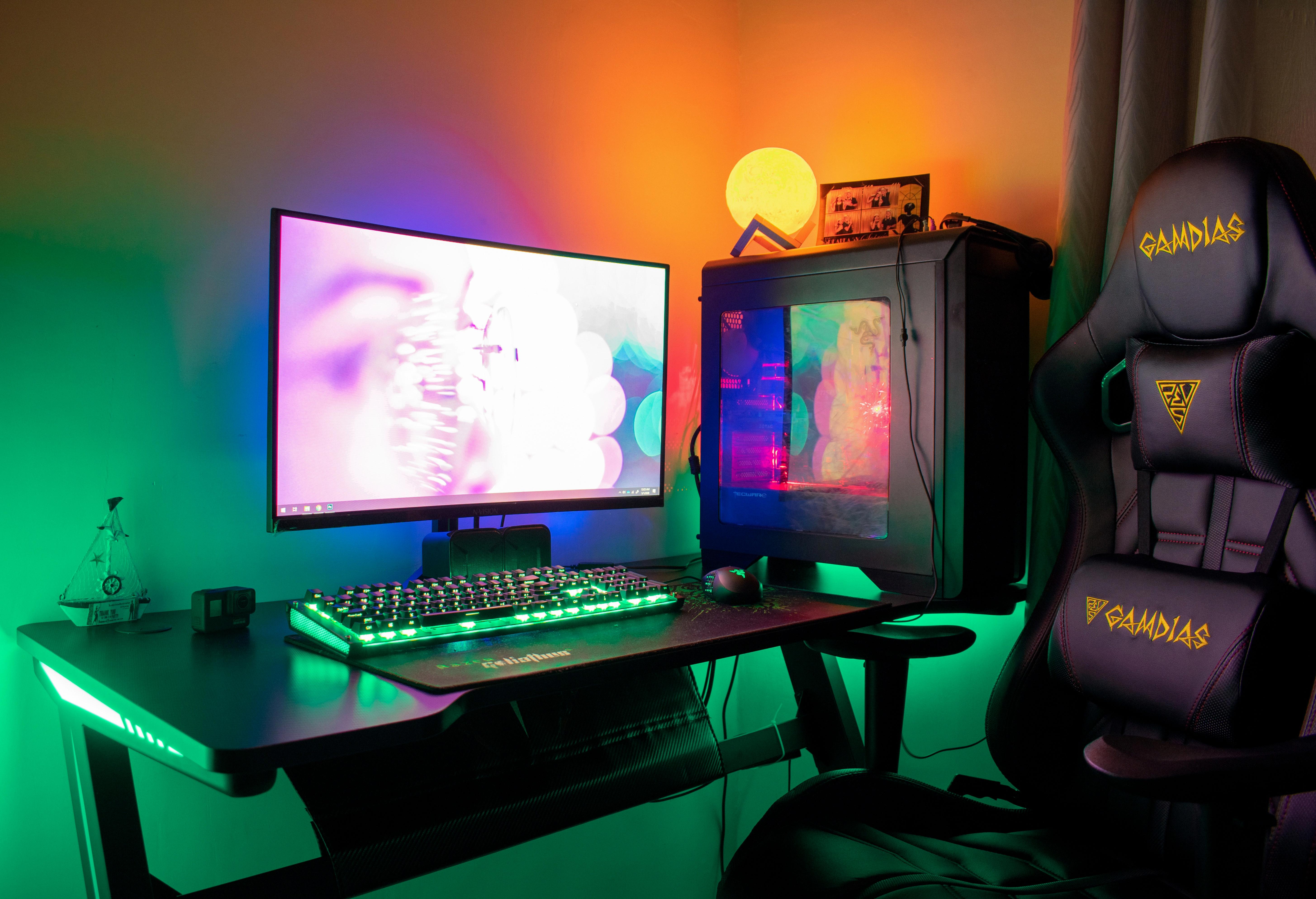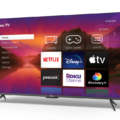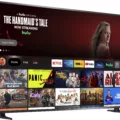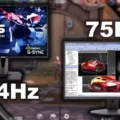The advent of high-definition televisions has revolutionized the way we consume entertainment. With the introduction of 1080p 120Hz TVs, viewers can now enjoy their favorite movies, TV shows, and video games with a smoother and more fluid visual experience. But what exactly is a 1080p 120Hz TV, and how does it differ from other displays?
A 1080p 120Hz TV is a television that has a native resolution of 1920×1080 pixels and a refresh rate of 120Hz. The resolution of 1080p refers to the number of pixels that are displayed on the screen, with higher resolutions generally resulting in sharper and more detailed images. The refresh rate, on the other hand, refers to the number of times per second that the TV updates the image on the screen. A higher refresh rate can result in a smoother and more seamless viewing experience, particularly when watching fast-paced action scenes or playing video games.
One of the main benefits of a 1080p 120Hz TV is that it can reduce motion blur and improve overall image quality. Motion blur occurs when fast-moving objects on the screen appear blurry or indistinct, which can be especially noticeable on lower refresh rate displays. By increasing the refresh rate to 120Hz, motion blur can be reduced, resulting in a crisper and more detailed image.
However, it’s important to note that not all content is produced at 120 frames per second, so the benefits of a 120Hz refresh rate may not be as noticeable on certain types of content. In addition, not all TVs are capable of displaying content at 120Hz, so it’s important to check the specifications of a TV before making a purchase.
When it comes to gaming, a 1080p 120Hz TV can offer a significant advantage over lower refresh rate displays. A higher refresh rate can result in a more responsive and fluid gaming experience, allowing players to react more quickly to fast-moving action on the screen. This can be especially important for competitive online games, where split-second decisions can mean the difference between victory and defeat.
A 1080p 120Hz TV can offer a smoother and more immersive visual experience, particularly when it comes to fast-paced content like action movies and video games. However, it’s important to consider the specific needs of your viewing habits before making a purchase, as not all content will benefit from a higher refresh rate. As always, it’s important to do your research and consider all factors before making a decision.
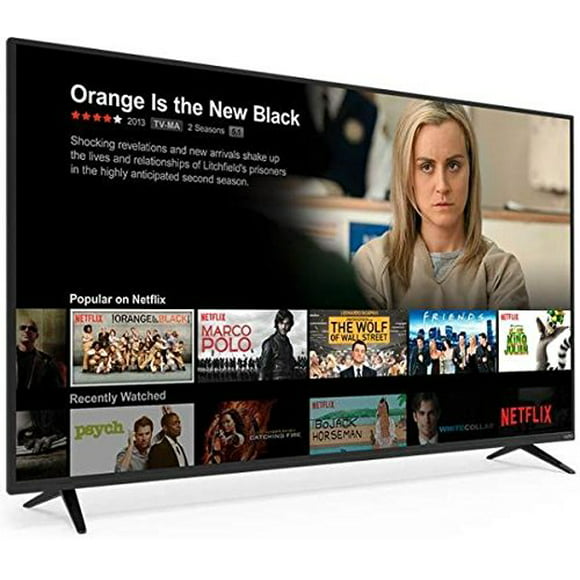
Do 1080p TVs Feature 120Hz Refresh Rates?
1080p TVs are generally not capable of supporting 120Hz refresh rates. This is because 120Hz is a relatively high frame rate that requires advanced technology to achieve. While there may be some older 1080p TVs that claim to support 120Hz, it is important to note that these claims may not always be accurate. It is also worth noting that not all 2021 TVs are capable of supporting 120Hz refresh rates at resolutions abve 1080p. Therefore, if you are looking for a TV with a 120Hz refresh rate, it is important to do your research and ensure that the TV you choose is capable of supporting this feature.
Is a 120Hz TV Worth the Investment?
A 120Hz TV is worth buying as it offers a significant improvement over the standard 60Hz refresh rate found on most older TVs. The 120Hz refresh rate allows for smoother and more fluid motion, especially when watching fast-paced action scenes or sports. This is because the TV can display more frames per second, resulting in less motion blur and a more lifelike image.
However, it’s important to note that not all content is filmed or broadcast at 120Hz or higher. Most movies and TV shows are typically filmed at 24 or 30 frames per second, so you may not notice a significant improvement in picture quality when watching these types of content. That being said, some newer TVs come with motion interpolation technology, which can artificially increase the frame rate of lower-quality content to make it look smoother.
It’s also worth mentioning that while higher refresh rates, such as 240Hz and above, do exist, the benefits they offer over 120Hz are minimal and may not be worth the extra cost. Unless you’re an avid gamer who demands the absolute best performance, a 120Hz TV should be more than sufficient for most people’s needs.
Which TVs are Compatible with 120Hz?
Several TVs are capable of 120Hz, which is a refresh rate that allows for smoother motion and reduced motion blur. Some of the top TVs that support 120Hz include:
1. LG C2 OLED – This TV is a top-of-the-line OLED model that offers incredible picture quality, deep blacks, and vibrant colors. It supports HDMI 2.1, which allows for 4K at 120Hz.
2. Hisense U8H – This mid-range TV offers great value for its price, and it supports 120Hz for smoother motion. It also features a wide color gamut and Dolby Vision HDR.
3. Hisense U7G – This budget-friendly TV is a great choice for those on a tighter budget. It also supports 120Hz and has great picture quality.
4. Sony A90J OLED – This high-end TV offers outstanding picture quality, with deep blacks and bright highlights. It supports 120Hz and HDMI 2.1, making it a great choice for gaming.
5. Samsung QN90A QLED – This TV is a great choice for bright rooms thanks to its high peak brightness. It supports 120Hz, as well as HDMI 2.1 and VRR for smooth gaming.
These TVs are great options for those looking for a 120Hz TV, whether you’re a gamer or just looking for smoother motion in your favorite movies and TV shows.
The Benefits of a 120Hz TV Compared to a 60Hz TV
From a technical standpoint, a 120Hz refresh rate is better than a 60Hz refresh rate for a TV. This is because a higher refresh rate decreases the appearance of “film judder” or blurring that might be noticeable to some on a 60Hz screen. Essentially, a 120Hz display cuts down on blurriness and provides a smoother picture.
However, it’s important to note that improvements beyond a 120Hz refresh rate are generally unnoticeable to the human eye. In other words, while a 120Hz refresh rate is better than a 60Hz refresh rate, there’s not much benefit to going higher than that.
If you’re trying to choose between a TV with a 120Hz refresh rate and a TV with a 60Hz refresh rate, the 120Hz option is technically better. But if you’re considering a TV with a refresh rate higher than 120Hz, you’re unlikely to notice much of a difference.
Conclusion
To conclude, 1080p 120Hz TVs are a great choice for those seeking high-quality pictures and smooth motion. While not all TVs support such high refresh rates, the latest models from midrange to high-end come with this feature. The benefits of a 120Hz refresh rate include reduced blurriness, decreased film judder, and improved overall picture quality. However, higher refresh rates above 240Hz have diminishing returns and are only beneficial for avid gamers. Therefore, if you are looking for a TV that offers a high refresh rate and excellent picture quality, a 1080p 120Hz TV is a great option to consider.




